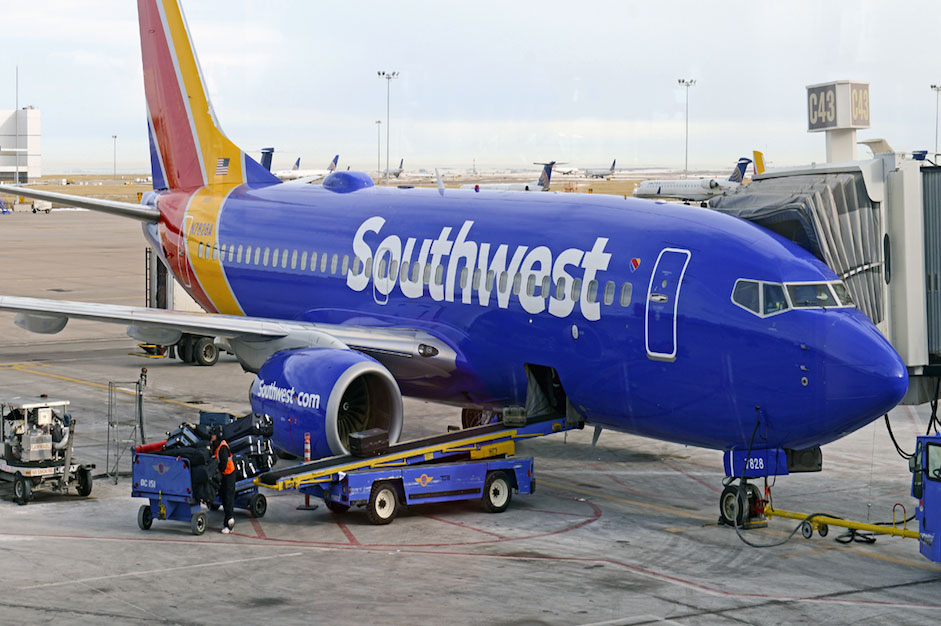Many of us have a Southwest Airlines experience to share, but the story that most resonates with marketers is how the company found and executed its successful business strategy. The Southwest Airlines value proposition is a great example of aligning business strategy with the brand positioning idea.
Southwest founder and CEO Herb Kelleher knew in his head and his heart that his airline could own the position of “low price” in his category.
Kelleher also believed Southwest had to make the idea of “low price” indelible to his company to keep any competitor from matching Southwest’s position.
Southwest had to out-maneuver the competition by operating profitably yet remain the lowest price option in every market it served. Do this and he knew his airline would win.
One leg in the Southwest Airlines value proposition is to fly only Boeing 737s. Having a one-model fleet delivers many operational efficiencies and structural savings. Other airlines, meanwhile, spend millions more in training techs and stocking parts for multiple aircraft.
Southwest needed more, of course. It focused on ensuring arrivals and departures were only 30 minutes apart compared to the industry average of 45 minutes. The time savings means fewer planes and fewer staff hours. It’s a 33 percent time savings every time one of his planes takes off.
Kelleher made a business decision to choose regional airports in secondary markets to achieve this faster turnaround.
In Dallas, for example, Southwest flies out of Love Field (DAL) rather than the larger Dallas/Ft. Worth airport (DFW). Gate fees are less expensive at the regional airports where schedules typically remain more on time than at the larger airports. Plus, most Southwest flights avoid layovers by flying directly to the destination.
Savings from decisions like those compound to keep Southwest's costs lower than competitors’ costs.
But there’s more. Southwest’s no-frills service means no food. When research revealed that passengers from Houston to Las Vegas desired chicken Caesar salads, Kelleher reminded his team that Southwest has a low-price value proposition. Therefore, he mandated, Southwest would do nothing that would raise airfare prices. No salads.
As the story unfolds, it’s clear to see Kelleher’s filter for decision-making is Southwest Airlines' low-cost position. The brand’s value proposition directs decisions throughout the company, not just in its marketing communications.
And of course, there’s the fact that Southwest doesn’t assign seats. Most of us have experienced the no-frills, yet thoroughly humorous, boarding process and hilarious safety presentation.
Despite being paid less than competitive airline salaries, employees seem to be happier. Instead of sleeping in hotels, many flight crews are able to sleep at home each night. Plus, Southwest and its union members agreed crews would perform multiple job functions. A single staff member traffics planes on the tarmac and handles baggage. Flight attendants check-in passengers at the gate and perform their usual on-plane duties.
The story continues.
You can only purchase Southwest flights through Southwest.com, saving commissions to travel agents and online portals. And try to book first class … you won’t find it because they don’t have it.
The epitome of the Southwest Airlines value proposition is probably how Kelleher reacted to Wall Street, which wanted the airline to service the northeastern United States.
Wall Street investors pressured Kelleher to buy an airline with service to the Northeast, because owning gates is basically mandatory. He didn’t balk at the idea, but Kelleher knew the challenges of merging the airplanes and the people of two different airlines.
He understood the Southwest Airlines value proposition. To be the low-cost, no-frills airline, he reminded his team it needed to only maintain Boeing 737s. Of great concern, he felt the cultural fit would be a mess. He rejected the deal.
By now you see the outcome of Kelleher’s steadfast adherence to the low-cost, no-frills position. No other airline has ever had 44 straight profitable years. In fact, Southwest has never been unprofitable. Every other major airline, meanwhile, has been in bankruptcy one or more times during that same period.
Southwest manages its company so that everyone understands and aligns on low-cost strategy. The company places high importance on communicating this strategy to every level of employee.
The result is what we see – the Southwest success story starts with a great positioning idea and works its way through the organization as the single-minded business strategy. It works because the employees are on board.
Innis Maggiore can help you find your own Southwest success story. Positioning not only differentiates the operations of a company like Southwest, it drives its marketing and advertising. Call or contact America’s #1 positioning ad agency to find your competitive edge.



